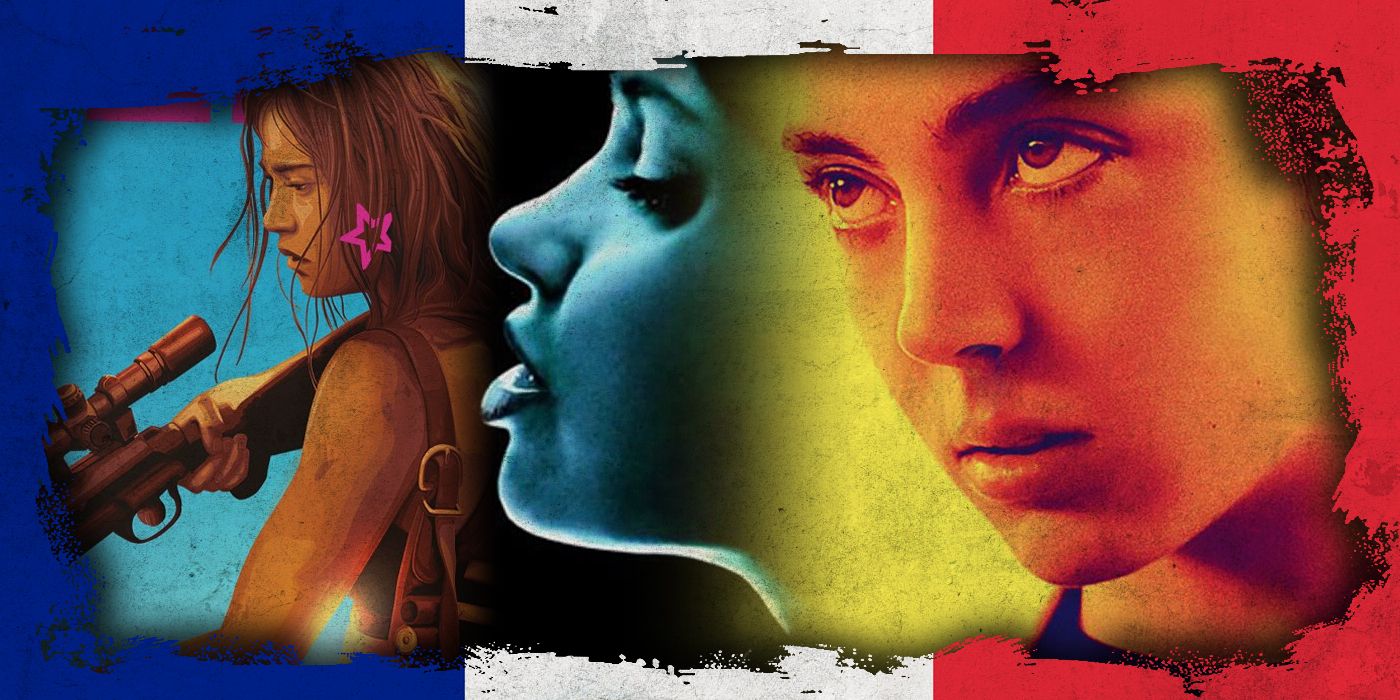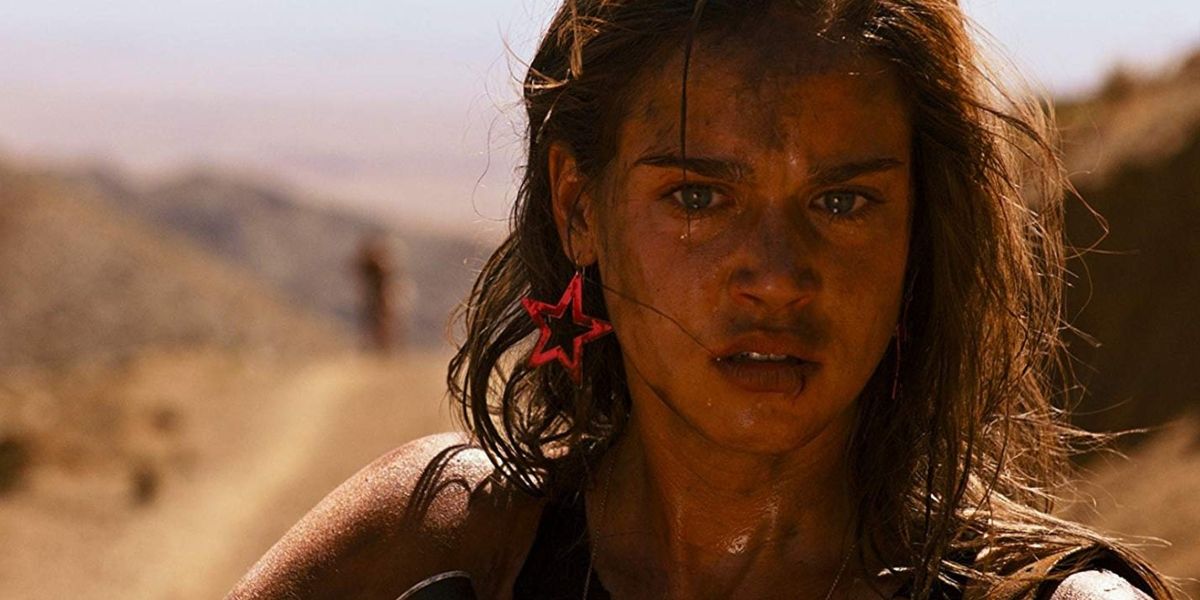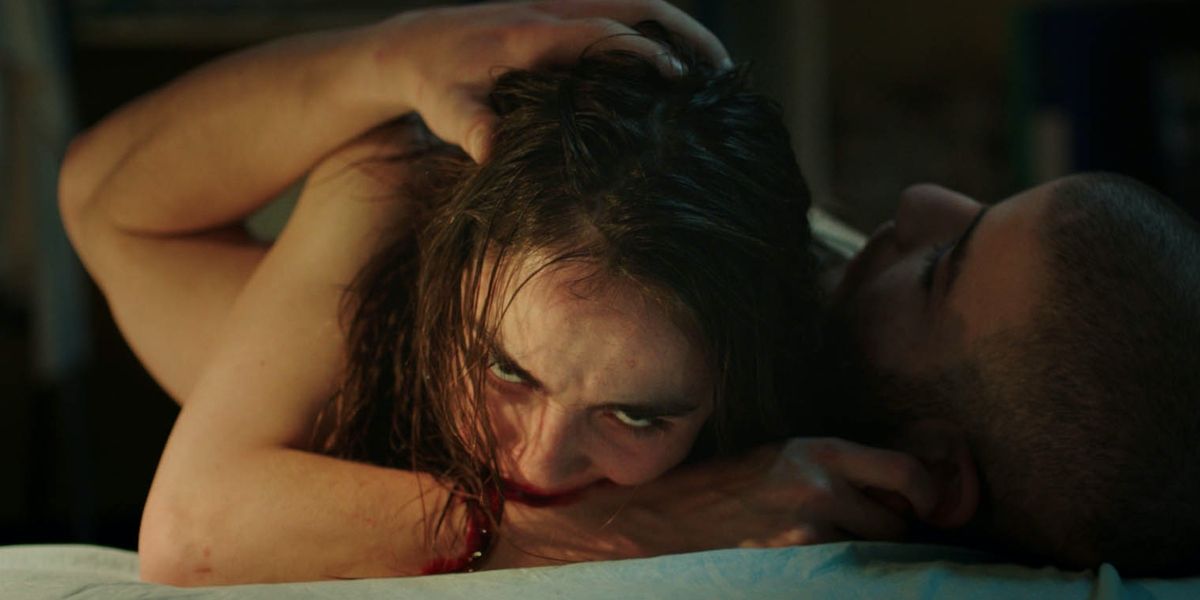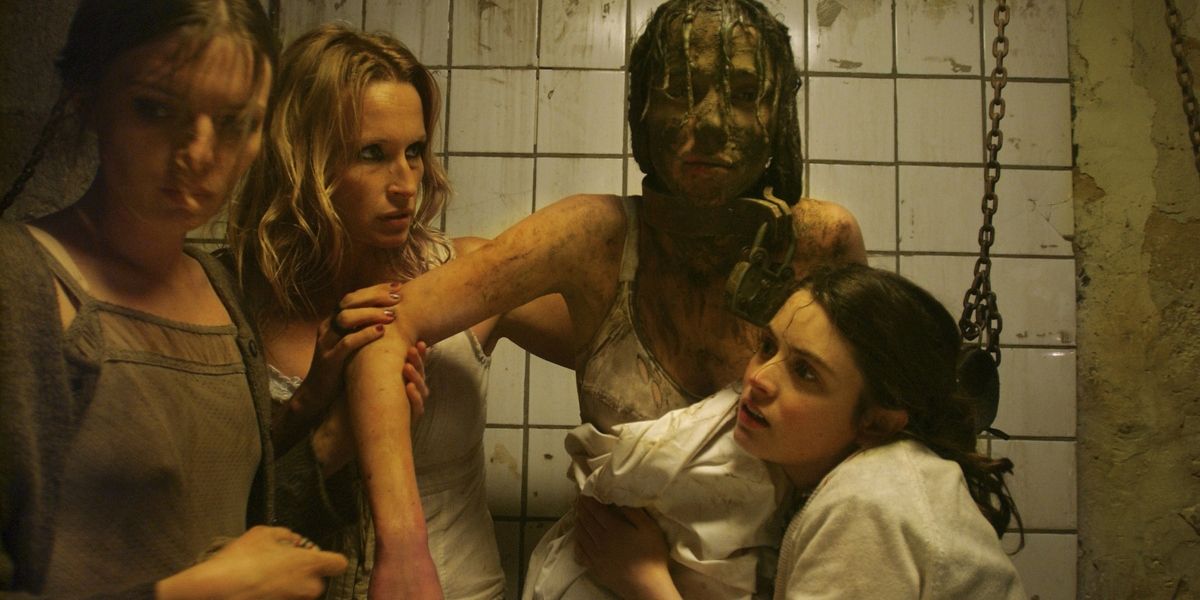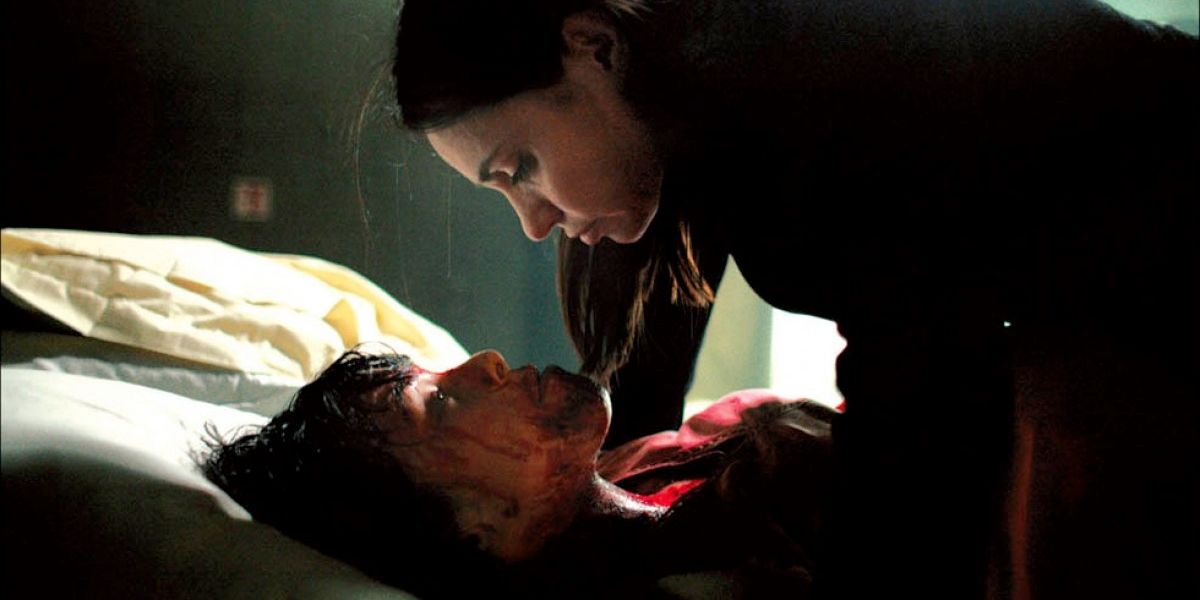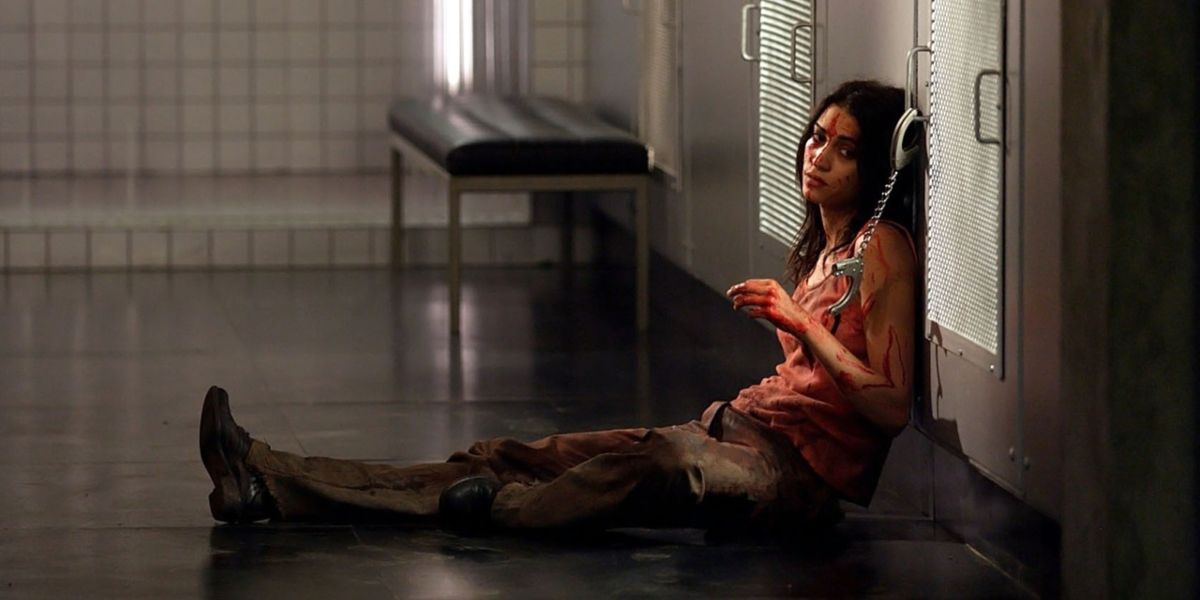When art critic James Quandt coined the term “New French Extremity” back in 2004, he intended to criticize a new wave of French filmmakers who used explicit violence and sex in their movies. At the time, Quandt couldn’t know that the New French Extremity would become a label of its own, used to proudly describe transgressive films that push the boundaries of morality to explore the most disturbing aspects of human nature. While the New French Extremity does not define horror movies exclusively, there’s no way to deny that this is the most prolific genre when you want to shock people.
While New French Extremity can be divisive, they are usually imbued with social and political themes, making their violence less gratuitous than those featured in many Hollywood films. Even so, New French Extremity movies are still hard to digest, and some of these movies can scar the viewer for life. Horror exists to release the nightmares we try to keep locked in our subconscious, and New French Extremity movies are ready to break the terrors out with a hammer.
While dozens of New French Extremity movies deserve your attention, this list will highlight only five, ordered by how disturbing they can be. That means the first movie on this list is more accessible to horror fans in general, but a little caution is recommended as we move further. Spoilers will be kept at a minimum, but we will still reveal some details of the movies featured in this list. So with no further ado, let’s create some new traumas.
Revenge
Director/Writer: Coralie Fargeat
Cast: Matilda Lutz, Kevin Janssens, Vincent Colombe, Guillaume Bouchède
Many New French Extremity movies are built upon the oppression we witness in our everyday life. It’s no surprise, then, that the movement features so many female filmmakers. The first feature film by French director Coralie Fargeat, Revenge, might look like just one more movie about a woman who gets retribution on her abusers after being raped. But, contrary to Hollywood versions of the same story, Revenge is not a movie about male fear but female rage. The men in Revenge are not painted as evil, an easy solution to justify how they deserve to die and how they are the exception, sweet lies men use to get some distance from abusers. Instead, Fargeat uses Revenge to explore how men, in general, mix sex with power and how male passivity before abuses is part of what sustains rape culture. There’s a lot of blood and a lot of death involved in Revenge, but the movie’s goal is to expose how we, men, contribute to women’s oppression and abuse by just not caring enough about what happens around us.
Revenge is a full plate for anyone who wants to satisfy their hunger for graphic violence. However, Fargeat does a meticulous job to justify the violence and make sure everyone gets the message. During the first act of Revenge, we see Jen (Matilda Lutz) as the men see her, as an object, a source of desire that exists only for their own pleasure. However, once Jen decides to get revenge on her abusers, the camera shifts, and the men start to be shown as objects. The predators become prey to a woman who wants to unleash her fury. And unleash she does! Revenge is filmed almost entirely in English, making it a great entry point to New French Extremity movies.
Raw
Director/Writer: Julia Ducournau
Cast: Garance Marillier, Ella Rumpf, Laurent Lucas
As with Coralie Fargeat’s Revenge, the first feature film of Julia Ducournau is also a tale of female oppression. However, instead of focusing on the abuse perpetrated by men, Raw explores how women shape their sexuality by repressing their desires, seen as immoral and something to be ashamed of. Suppressing impulses is a dangerous thing to do, though, since once they escape your control, they can lead to insatiable hunger. Oh, Raw is also a movie about cannibalism.
Raw follows a lifelong vegetarian named Justine (Garance Marillier), who begins her first semester at a veterinary school, only to develop an uncontrollable taste for human flesh. While Raw’s themes deal with female sexuality, the movie is also a brutal portrait of animal exploitation, as veterinarians spend more time learning how to breed cattle than how to treat the injured beasts. Raw doubles down as a discussion both of sexuality and meat consumption. The film also adds drug abuse to the mix by showing how teenagers spiral out of control once they are finally free of family repression. It’s a movie that allows multiple discussions and can be seen through different lenses, making it perfect for watching numerous times. At least if you have the stomach to bear the close-up cannibalism scene. Tasty!
Frontier(s)
Director/Writer: Xavier Gens
Cast: Karina Testa, Samuel Le Bihan, Estelle Lefébure, Aurélien Wiik, Maud Forget
What could be more disturbing than cannibals? How about Nazi cannibals? While Julia Ducournau’s Raw can be unsettling, it’s also a movie that’s more concerned with character development than gore. Xavier Gens’ Frontier(s), however, throws all caution to the winds and gives the viewer a harrowing experience full of blood, open wounds, and shit. The horror tropes we all know and love are there: a group of friends end up at a hotel in the middle of nowhere, only to become victims of a family of lunatics. Should Frontier(s) only be one more exploration of human perversity, the movie would already be worth a watch. There’s no lack of brutality for viewers who love torture porn. However, as with most New French Extremity films, Frontier(s) also carries a rich political subtext.
The film’s victims are Muslim Arab French, all trying to escape France just after a far-right politician is elected president. The group feels they will be chased by the police anyway, so, in order to ensure they will have enough money to start a new life, they rob a bank amid a series of riots that explode in Paris after the elections. It’s not a coincidence that, on their way to the Netherlands, the group falls victim to a Nazi cannibal family who preys on the impure while trying to breed the perfect race. While trying to escape a far-right government, the group meets the most extreme far-right fanatics they could ever imagine. Frontier(s) doesn’t try to hide its message, but all the gore is already enough to disturb the viewer who decides to adventure themself into the New French Extremity.
Inside
Directors/Writers: Alexandre Bustillo, Julien Maury
Cast: Alysson Paradis, Béatrice Dalle
Alexandre Bustillo and Julien Maury have many disturbing movies in their career, but none as intense as Inside, a home invasion story that takes the concept to its limit. During a home invasion film, people try to hide inside a building while attackers want to get in. But what if the invader wants to break into your body? Inside follows Sarah (Alysson Paradis), a young pregnant woman attacked by a stranger (Béatrice Dalle) who wants to steal her baby. Yes, the baby who’s still inside her belly.
As a good New French Extremity horror movie, the walls of the house where the attack happens will be covered in the blood of the two women when the credits roll. This is a slasher that doesn’t hold anything back to create a realistic experience, both entertaining and traumatizing. Inside opens conversations about the ways women are pressured into having babies since they are children and how the extreme of this obsession could be depicted as destructive behavior. However, Inside doesn’t need much more than its gruesome violence to damage the viewer forever.
The cherry on top of the bloody cake is the regular shots of the baby inside Sarah’s belly. While the CGI didn’t age well, it’s still a clever way to increase the stakes and show how the prize coveted by two women is suffering from their struggle and might not survive until all is over.
Martyrs
Director/Writer: Pascal Laugier
Cast: Mylène Jampanoï, Morjana Alaoui
Pascal Laugier’s Martyrs is not only one of the most disturbing movies of the New French Extremity but one of the most disturbing movies, period. While many films deal with explicit violence, few do it with such raw realism as Martyrs. The many aggressions suffered by the film victims come to life with an expert work of makeup, capable of turning the stomach for how detailed they look. Martyrs simulate the real effects of each blow, cut, or puncture suffered by its victims, usually shown in close-ups so that no drop of blood is wasted. It’s no wonder that Martyrs is so divisive, with many critics and viewers disgusted by the sadism. Nevertheless, the violence in Martyrs has meaning, and that’s what also makes it fascinating.
Like the Hostel franchise, Martyrs raises the discussion of how the wealthy have the freedom to cause suffering to the poor by using money to stay above the law and morals. Martyrs, however, goes further, giving a greater purpose to their torturers than personal satisfaction. The torturers believe their goal is fair, as martyrdom is a way for humans to connect with the spiritual world. The captors show no pleasure in their actions; still, they believe kidnapping people is a necessary evil to uncover the mysteries surrounding the human soul. To their twisted worldview, it’s also required to make people go through a slow and cruel process of suffering until they lose their humanity. The goal, though, is not the destruction of the body but the elevation of the mind through pain.
By making the most disturbing movie possible, Martyrs comments on the horror industry and wonders what leads the viewers to look for this kind of experience. While most people don’t have any urge to make other people suffer, horror is still a prolific industry. So, what leads us to the movies, to watch other people suffer? What could we gain from witnessing the martyrdom of other people? Martyrs is so disturbing not only because of its aesthetic choices but also for the questions it raises. And the movie’s mix of brutality and reflection might be the best example of how the New French Extremity can be so shocking.

